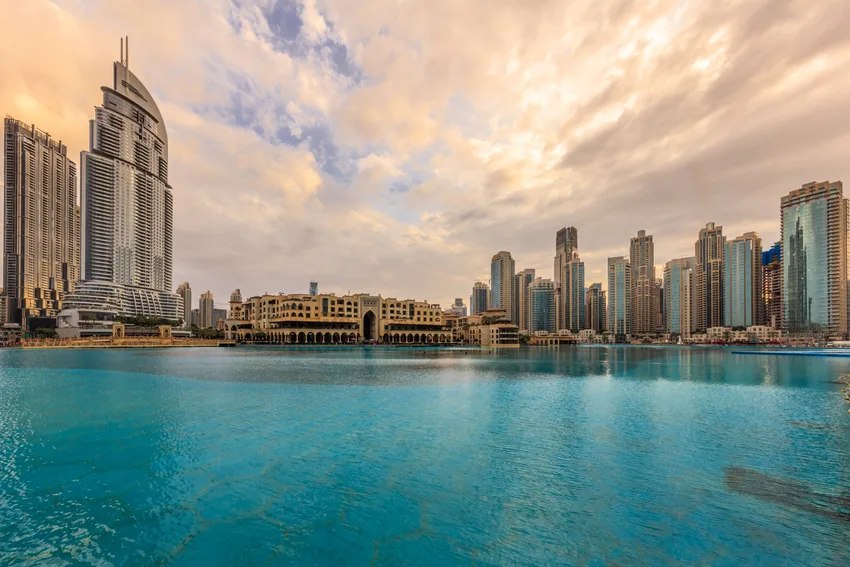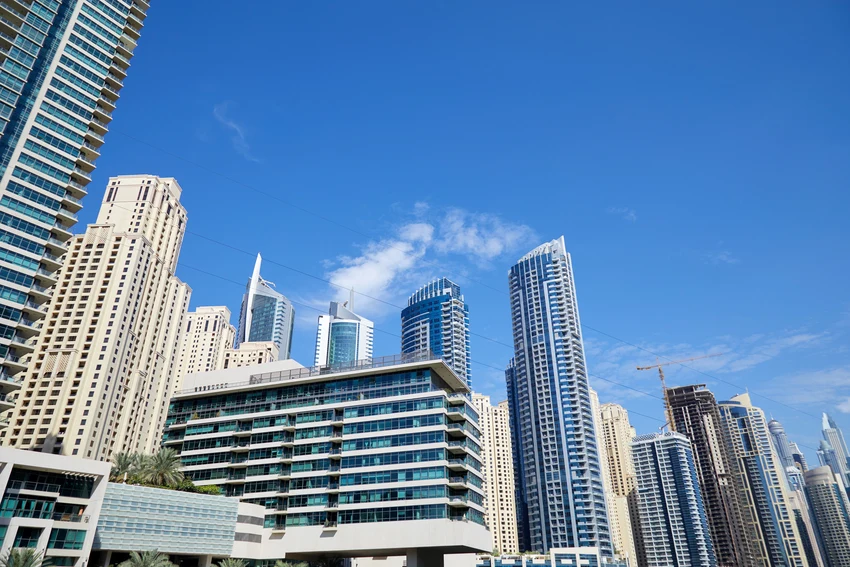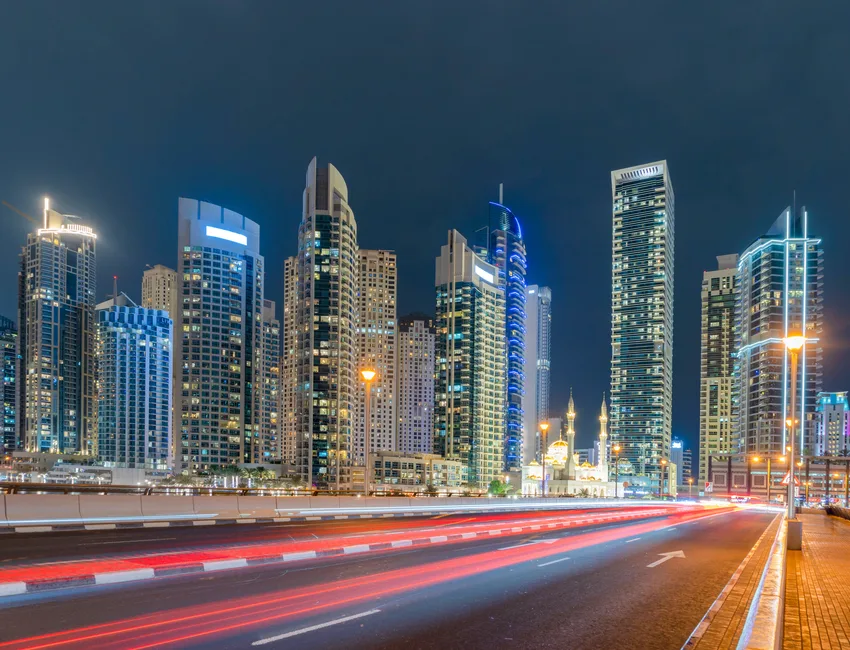Multi-Asset Allocation Fund Setup in DIFC: A Complete Guide

Key Highlights
- Multi-asset allocation funds offer exposure to various asset classes like equity, debt, and commodities.
- These funds are managed by skilled fund managers utilising investment strategies for portfolio growth.
- Designed for portfolio diversification, they reduce risks while ensuring stable returns.
- Active asset distribution helps tackle market volatility effectively.
- Ideal for both short-term and long-term investment decisions due to their balanced approach.
- Accessible through regulated entities in the DIFC, providing a robust regulatory environment for investors.
Introduction
Choosing the right way to invest your money matters a lot when you want to make good investment decisions. Multi-asset allocation funds help you by letting you invest in different asset classes. These funds mix portfolio diversification with expert help, which is good for people who want both stability and growth. By putting your money into things like stocks, debt, and more, these funds try to balance both risk and reward. Are you ready to look into this kind of diversified portfolio in the DIFC? Let’s see what makes multi-asset allocation funds different from others.
Overview of Multi-Asset Allocation Funds

Multi-asset allocation funds are a type of mutual fund. They let you put your money into different asset classes like stocks, bonds, real estate, and commodities. This means you get a good mix that may help lower risks and keep your returns steady. These funds use this approach so they can adjust to changes in the market.
These funds are not the same as regular mutual funds. They aim to spread your money out over more than one area. This helps you put together an investment portfolio that can do well whether the market is up or down. Their approach can offer better chances for steady growth over the years. By using asset allocation and picking various asset classes, these funds try to keep your money working for you in most situations.
Key Features and Structure of Multi-Asset Allocation Funds
Fund managers have a key part in how these funds work. They use strategies that focus on active asset allocation. This means they don’t just stick to a fixed plan for where the money goes. They look at market volatility and what is happening in the economy. The fund managers then change the allocations when they need to. The goal is to get the best results and keep risk under control at all times.
The investment process starts when people put their money together into a shared pool called a corpus. Experts work to divide this money into things like stocks, bonds, gold, and other types of assets. They do this for diversification, so the risk is spread out. The fund managers keep a close look at how the investments are doing. They also make sure the fund is on track with what the people who invested their money want.
A big part of these funds is how flexible they are. Fund managers can make changes when interest rates go up or down or when there are global risks, so they can react to what is happening quickly. By moving the assets around this way, these funds can handle tough times in the market. This makes them a good choice for people who want their portfolios to be managed with care at all times.
Types of Assets Included in Multi-Asset Funds
Multi-asset funds give you a range of asset classes to help with diversification. The types of assets in the fund depend on what the fund is set up to do. Most funds include:
- Equities: Stocks and shares. These can help with long-term growth.
- Debt instruments: Corporate bonds and government securities. These add some stability, especially when interest rates change.
- Commodities: Things like gold or real estate. These assets are good for hedging and can help balance out the fund.
- Cash: This is money or short-term assets. It’s there for quick needs and gives the fund flexibility.
When you spread your money into different asset classes, it helps lower risk and get more out of your investments. Every mutual fund may mix the asset classes in its own way, but each looks to have a solid plan. Be sure to think about how this mix fits with your own financial goals, so you get the most benefit for you.
Why Set Up a Multi-Asset Allocation Fund in DIFC?

The DIFC (Dubai International Financial Centre) is a great financial hub if you want to set up a multi-asset allocation fund. It has strong rules that help international investors feel secure, even when there is market volatility. You will get the benefit of clear laws that make it safer to do business there.
Plus, DIFC supports portfolio diversification by giving you easy access to global markets. This helps funds grow and reach many types of people. If you want a safe and steady way to start an asset allocation fund, you will find DIFC’s help and watchful oversight to be a good fit for your work. This place is smart for anyone looking to deal with asset allocation, market volatility, and wants good diversification.
Regulatory Benefits of the DIFC Jurisdiction
The DIFC gives many benefits because it has a strong regulatory framework. The center has simple rules that help fund managers stay in line with the law. This makes it easier to meet legal and business needs and helps cut down on red tape.
For compliance and checks, DIFC has open and steady rules that match what the rest of the world does. Investors can get legal help here. This protects them from unfair acts.
The place also shows it can change quickly by keeping up with new investment strategies. The setting lets companies use fresh ideas with solid rules. DIFC draws many firms that want to grow around the world and mix both new ways and clear rules.
Access to International Investors and Markets
A DIFC fund setup helps you reach international investors and find new trading chances. It sits in a global spot. This helps you get seen in big areas like Europe, Asia, and India. That means your investments can do well with teams from different places.
Other features are:
- You can get global exposure to asset classes by using safe channels.
- You will have entry to markets that are growing, like India’s strong financial networks.
- You can get access to large investor pools to grow the investment portfolio.
- You use DIFC’s good name. That helps you build trust with people who matter.
This strong network makes the way you work better. It lets your funds grow and do well all over the world.
Step-by-Step Process to Establish a Multi-Asset Fund in DIFC
Setting up a multi-asset fund in the DIFC is a step-by-step process. You first need to bring in experienced fund managers who can lead all important investment processes. After that, make sure to follow the strict compliance rules and fill out all needed documents, as the DIFC requires, to get your business approved.
Taking these steps helps your fund fit well into one of the most tightly run financial systems in the world. This lets you grow quickly, thanks to easy registration and steady support. When the fund is cleared to start work, you can keep an eye on it often. This will help the fund stay strong against others in the market.
Licensing, Compliance, and Operational Requirements
Setting up a fund requires adherence to DIFC’s regulatory framework. Here’s an overview:
| Criteria | Details |
| Licensing | Obtain approval from the DIFC Authority and relevant industry regulators. |
| Compliance | Ensure anti-money laundering (AML) protocols are maintained. |
| Operational Requirements | Employ qualified staff and install robust risk assessment systems. |
These essentials provide a blueprint for hassle-free operations and secure investment setups. Every step aligns with industry best practices to ensure optimal fund management.
Timeline, Costs, and Key Considerations
Starting a fund in DIFC has many important steps. This can take a few months. You need to plan for each stage, like getting the right licenses on time. You will also need to pay for things like administrative fees, investment decisions, and charges to follow the rules.
There are some main points to think about:
- You have to set your budget depending on how big your fund is.
- Make sure you finish all paperwork on time so you meet the legal dates.
- Bring in skilled fund managers to help things run well.
- Make room in your plans for anything unexpected, such as big changes in the world or, if markets become unstable.
Careful planning helps your fund have a good start, grow strong, and be ready for the future.
Conclusion
To sum up, starting a Multi-Asset Allocation Fund in the DIFC gives you many chances to spread out your investment and get strong rules around your money. If you know how an asset allocation fund works, you can handle the steps for getting a license and stay on the right side of the rules. You also get to reach people in world markets. The DIFC brings a good spot for your fund, and this can help you draw in people who want to invest. If you want to make your asset allocation fund happen, reach out to our team. We will help you each step of the way and make sure your fund does well.
Frequently Asked Questions
What are the regulatory requirements for launching a fund in DIFC?
Launching in the DIFC means you have to follow its clear rules for compliance and licensing. Fund managers must stick to strong investment process steps. This helps make sure all things are done the right way and stay open for everyone to see.
How long does it take to set up a multi-asset allocation fund in DIFC?
The time it takes to set up a fund can be from a few weeks to some months. This will depend on the licensing process, the documents you need, and if all the rules are met. When you bring in good fund managers, they help speed up the approval.
What types of investors can participate in DIFC multi-asset funds?
International investors who have different financial goals are main players in this area. Young markets, like India, are important places to get started. There are also chances in the advanced economies. The main focus is on diversification in asset classes.
Are there any tax advantages for setting up in DIFC?
Yes, DIFC gives the people and groups great tax advantages, especially when it comes to cross-border investments. The rules and setup in DIFC help keep costs down. Because of this, the returns for investment decisions and fund managers can be better. This makes DIFC a good place for them to be.
Can foreign fund managers establish funds in DIFC?
Yes, DIFC is a good place for fund managers from other countries. The team at DIFC has made licensing simple, so it is easy to get set up. The strong rules they have in place help things run well. This makes it a good choice for international investors and fund managers who want to work in that market.
What are the key benefits of setting up a Multi-Asset Allocation Fund in the DIFC?
Launching in the DIFC can help you and other international investors reach more people around the world. You get a mix of asset classes and different investment strategies. This makes your fund strong against market volatility. It also makes it more likely to see steady growth in your portfolio.
What regulatory requirements must be met to establish a Multi-Asset Allocation Fund in the DIFC?
Key needs are to make sure your work matches DIFC’s regulatory framework, to meet all compliance rules, and to get the right licensing approval. A clear investment process helps build trust and credibility with investors.
How does a Multi-Asset Allocation Fund differ from other types of investment funds?
Unlike regular mutual funds, these funds help to lower risks by putting money into many asset classes. This way, you get deep diversification. Also, fund managers work to build investment strategies that aim for steady returns, even when the market goes up and down.
What steps should I take to ensure compliance when managing a Multi-Asset Allocation Fund in the DIFC?
Put time and money into your compliance systems so they match the DIFC’s rules. Keep all records up to date and hire skilled fund managers. Make sure you use strong steps in your work so every investment process is safe.
What are the tax implications of operating a Multi-Asset Allocation Fund in the DIFC?
DIFC gives fund managers some good tax benefits. This can help when they make investment decisions for many types of portfolios. By working within the regulatory framework, they can lower costs and get better results for all their investment decisions.

